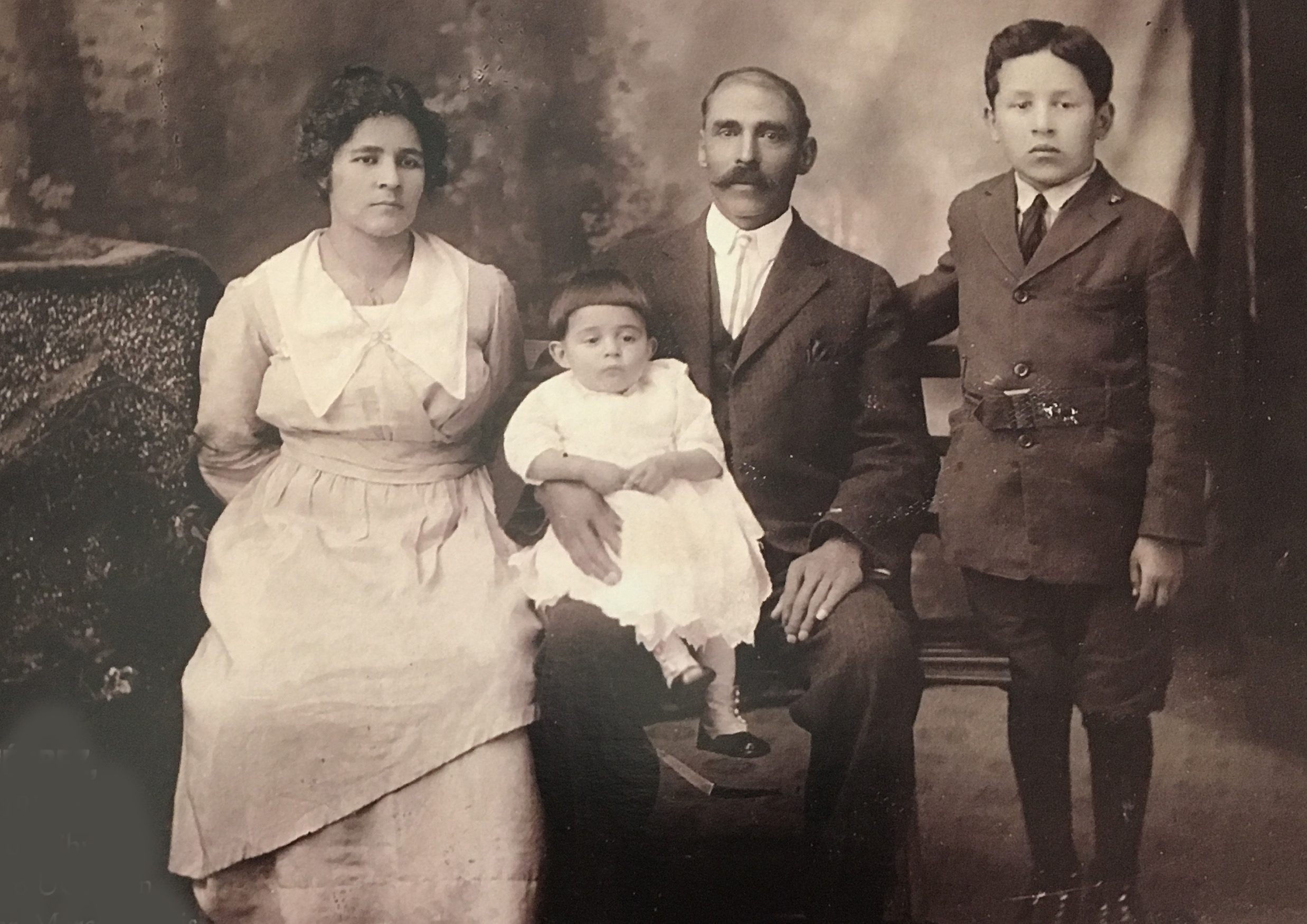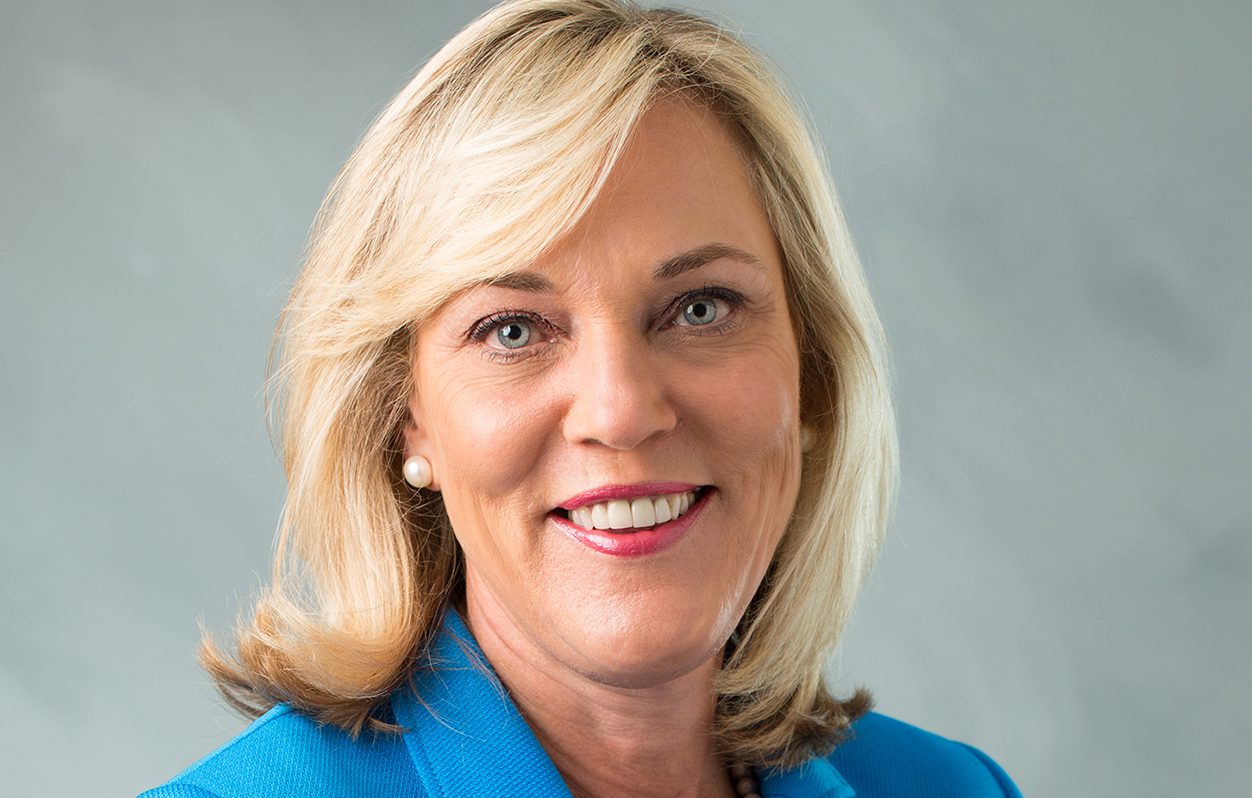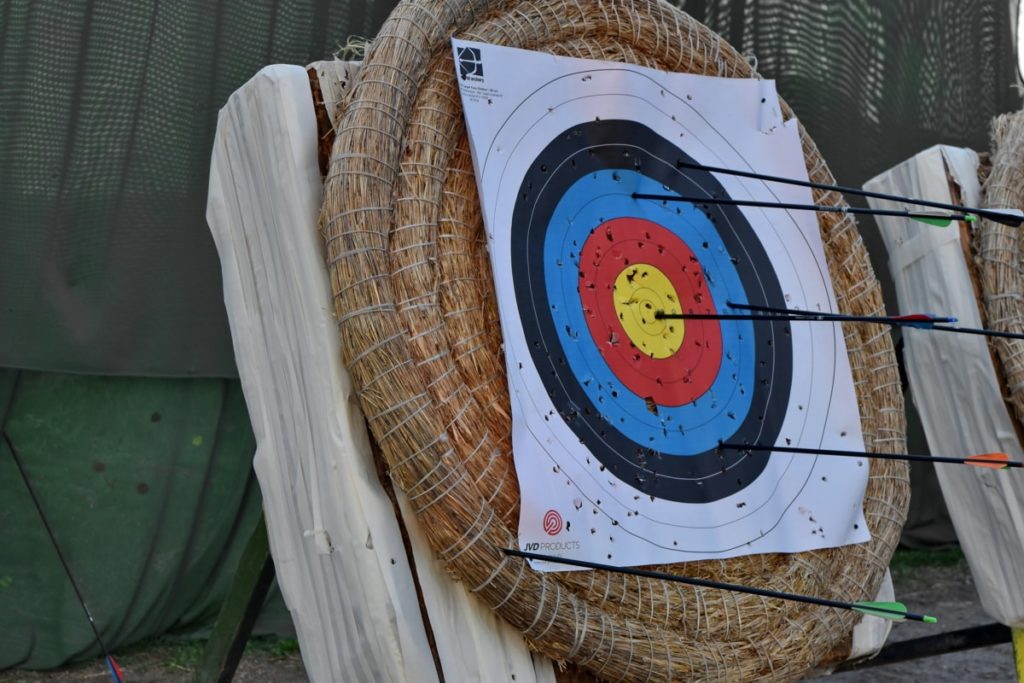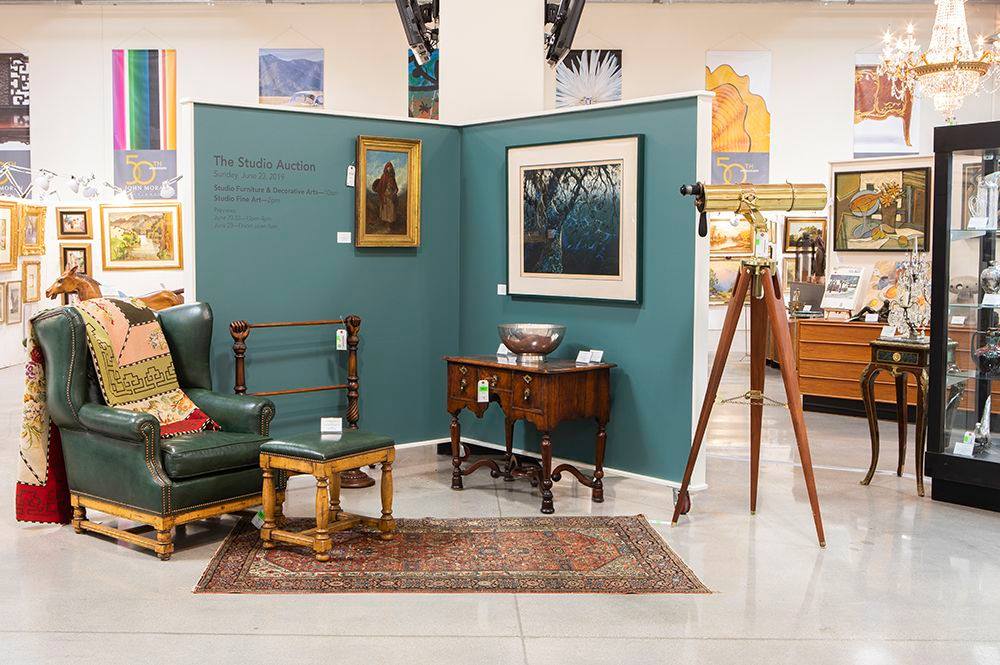
City Council approves $31K to honor Neighborhood Treasures Francisco and Felix J. Gutierrez but not location — yet
By Terry Miller
Last week’s Monrovia council meeting proved to be a really valuable history lesson of the diverse yet divided history that has shaped this community since the 19th century.
Before unanimously approving the funds for the Francisco and Felix J. Gutierrez monument, council heard from several impassioned speakers regarding the possible placement of the next Neighborhood Treasure installation. Apparently, not everyone is in total agreement.
Perhaps no speaker on July 16 was more eloquent than Dr. Felix F. Gutierrez, the grandson of Francisco (Frank) Gutierrez.
“When Mayor Tom Adams told me in 2016 that the City of Monrovia planned to honor my grandfather and father I was overwhelmed with gratitude. Later, he suggested exploring places along Myrtle Avenue, site of other public arts projects. We felt this was appropriate because both honorees worked to make Mexican Americans part of mainstream Monrovia.
Since two persons are to be honored, we looked for a place offering two sides visible along sidewalks crossing in two directions. This duality also reflects contributions to Monrovia in two important areas: construction and education. We proposed a site at the sidewalk intersection in front of the library on Myrtle Avenue. This provides views of a public art installation at a crossroads featuring cement sidewalks, curbs and walkways leading to the library as a place of education and learning.
“As you consider a design for this memorial, we respectfully ask you also consider whether the library sidewalk location is best for two Monrovians who moved beyond their segregated neighborhood to improve all of Monrovia. They daily left and returned to their home ‘below the tracks’ to work, study and do business with others in areas where they could not live or be treated as equals. Both are examples of how people of all colors made Monrovia the city it became and is still becoming.”
“There is a nexus between the proposed neighborhood location and the Gutierrez family. Francisco Gutierrez’s company poured the sidewalks around Recreation Park, and it was also an area that Felix Gutierrez frequented during his youth,” city staff said.
Editor’s Update
It was at the January meeting of the Arts in Public Places committee that the switch to Neighborhood Treasures was made. The Gutierrez family was advised (and surprised) the day after the meeting. Since then, things have moved forward and in communication with city considerations and information.
The family made presentations at the June committee meeting and the staff shared Felix Gutierrez’ letter on the library site with the committee and council. Gutierrez was pleased the council OK’d the funding and also allowed more time to decide on the location.
However, as Gutierrez pointed out to council, even though his family’s contribution to Monrovia was in construction and building “Monrovia Plunge,” as a child growing up in segregated Monrovia he was only allowed to swim one day a week — Sunday was the day reserved for African Americans and Mexican Americans. Guiterrez quipped that the day before the Plunge opened, his grandfather and friends unlocked the gate to the pool and had a good time splashing around. So history was made again.
“Although the Monrovia of that era was segregated, this father and son pair overcame the limits imposed and made the most of the opportunities available. They helped others to do the same. Their ambition, hard work, and belief in the American ideal of equality helped build a better Monrovia. Their lives are good stories for all who want Monrovia to stand for equal opportunity,” Dr. Gutierrez stated.
Gutierrez on that Tuesday evening told council, “We didn’t come from Mexico … This WAS Mexico,” alluding to several important historical statistics. This installation is a “Monument to change,” Gutierrez added — noting the significance of Mexican American contributions to the city, the large Latino community in Monrovia as well as the dark history of a segregated Monrovia and San Gabriel Valley.
Underscoring that this is an important Monrovia story, Gutierrez said he felt the library, where people can see the value of education, was indeed the obvious choice for such inspiring and articulate citizens of Monrovia who played major roles in helping Monrovia move towards desegregation.

“The proposed artwork is an inspirational, educational public art installation featuring news clips, photographs, artworks, quotes and other memorabilia of Monrovia from the 1900s-1940s and also shows how youths of the era advanced themselves and their communities through education, organizing and hard work. The artwork honors the Gutiérrezes’ roles in construction, business ownership, education, athletics, art and journalism. And their impact on the Monrovia of their day can inspire Monrovians today and into the future,” Gutierrez told Monrovia Weekly.
“We are grateful to Mayor Tom Adams and city officials for extending this opportunity and for their steady support through the process. Also, very helpful have been the good people of Monrovia Latino Heritage Society, the Monrovia Library, Monrovia Historical Museum, and local historians. With their help and ideas we have gained a closer connection with the city that was home to members of the Gutiérrez family from 1905 to 1973 and is still part of our lives today,” concluded Gutirrez.
Background
The father and son duo of Francisco and Felix J. Gutierrez and the entire Gutierrez family, have a long history in Monrovia. Francisco Gutierrez was born in 1871 in La Misión Vieja (an area around Whittier Narrows). In 1905, he came to Monrovia and worked for the B. R. Davison Company as a cement foreman. Eventually, he opened his own cement business in 1925.
The 1928 Monrovia Business Directory lists Francisco Gutierrez as one of only two Spanish-surnamed business owners, and he did a considerable amount of work to help build Monrovia. Francisco Gutierrez was responsible for installing the sidewalks around the former Monrovia Plunge (and the site of our current Monrovia Historical Museum), Immaculate Conception Church, and the tennis courts at Recreation Park, as well as at a number of private homes in the community.

Common to that era, the company that poured concrete would imprint their business name into the sidewalk, and even today, there are numerous sidewalks throughout Monrovia with the Gutierrez imprint.
Francisco’s son Felix J. Gutierrez was born in 1918. Felix Gutierrez attended Pasadena Junior College to study art, and during that time he started a newspaper called Mexican Voice. Launched from his home, Felix was the writer, artist, and editor of the paper, which provided an important voice for the Mexican American movement throughout the Southwest portions of the United States. In an editorial with political cartoons, Mexican Voice questioned the inequity that Mexican volunteers were considered “white” by the World War II draft board, but “colored” by school districts and neighbors. Felix’s efforts, through Mexican Voice, helped lead Monrovia beyond segregation.

Herein lies the tale of two Monrovia’s, the one south of the railroad tracks and the one north of the tracks.
Additional impassioned voices at council were Jimmy O’Balles and his equally eloquent son Josiah (JoJo), who is known as “Mr. Monrovia” at Monrovia High School.
“In Monrovia, the student body from K-12 is 70% Latino — those numbers aren’t going down,” O’Balles said. “I feel that it would be great for the young Latinos — or any young people — to see a Latino, distinguished family from Monrovia be honored at the Library.”
KGEM host Ralph Walker politely admonished Mayor Adams for his alleged “gaffe” in originally discussing Myrtle Avenue as a possible location for the Gutierrez father and son monument.
Whatever the decision, Dr. Gutierrez says he’s pleased with the dialog the city has started and hopes the city will earnestly listen to his family’s request.
The city feels it needs to keep the Neighborhood Treasures in residential zones. During 2018, the first three treasures were installed: Colonel Allen Allensworth, humanitarian Kate Wright and WASP test pilot Bettie Mae Scott.
Councilman Alex Blackburn pointed out that first and foremost the city needs to see the actual wording of the proposed monument’s plaque before any decision is made on the location of the installation.
In a telephone interview Monday, we asked Felix Gutierrez if the city’s proposal goes forward — for the monument location to be at Monrovia Plunge — would he be okay. Gutierrez said, “Let’s cross that bridge later.”
Gutierrez said he’s pleased with the way the city is handling the monument for his family and the cooperation and spirit of the city and staff is excellent. “We were on track starting out, now just a little off track,” said Gutierrez.







